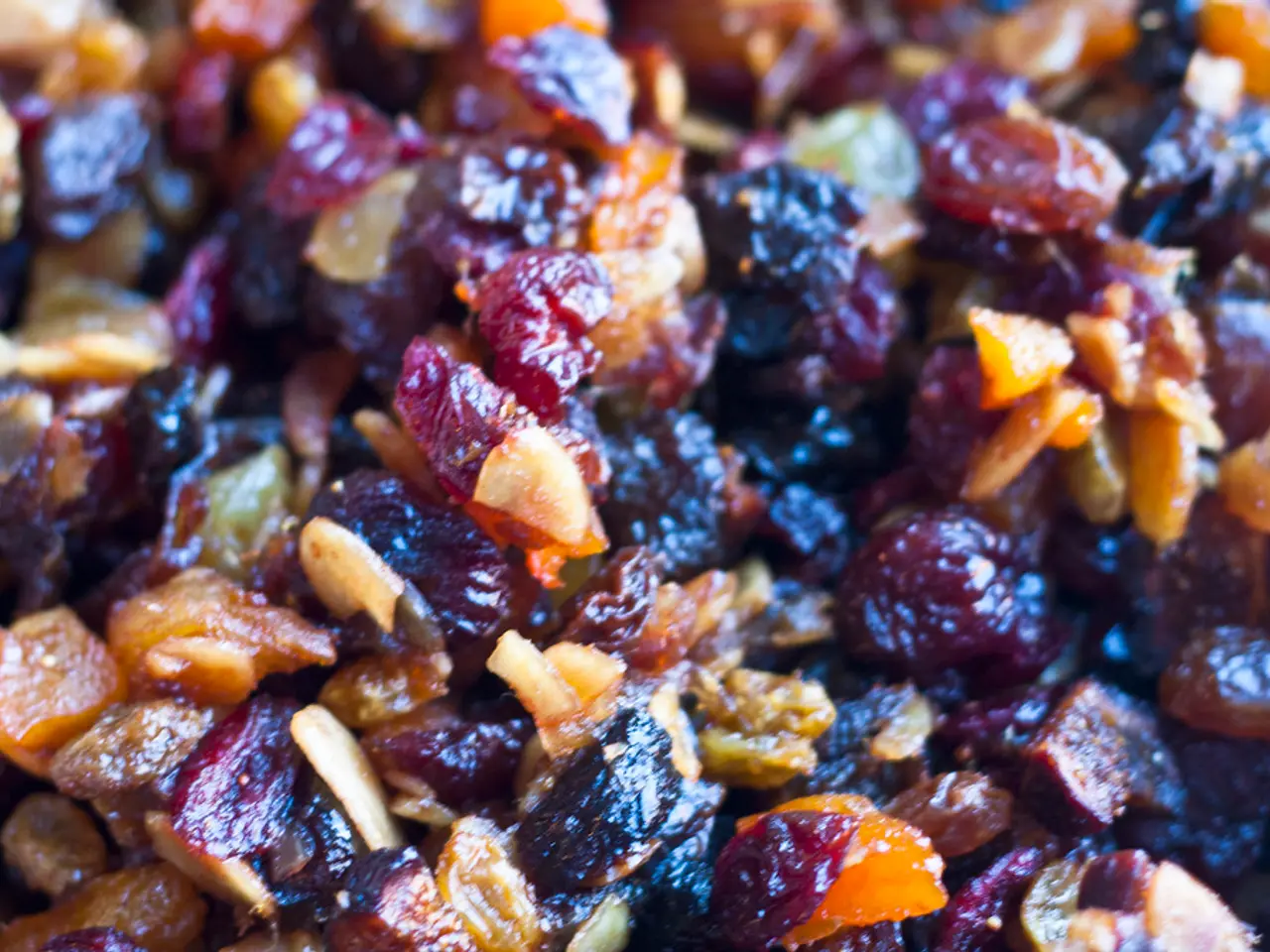Majority of children's diets consists of ultra-processed foods, according to a report by the Centers for Disease Control and Prevention
Ultra-processed Foods: A Growing Concern in American Diets
The Centers for Disease Control and Prevention (CDC) has published a new report highlighting the prevalence of ultra-processed foods in American diets, a finding that aligns with research by outside experts.
Defining Ultra-processed Foods
Dr. Susan Mayne, former director of the Food and Drug Administration's (FDA) Center for Food Safety and Applied Nutrition, explains that defining ultra-processed foods can be challenging. Not all of these foods are linked to greater health risks, and some, like certain yogurts, whole grain breads, and cereals, are associated with reduced risks of chronic diseases like colon cancer.
Health Risks Associated with Ultra-processed Foods
Despite these exceptions, diets high in ultra-processed foods have been linked to depression, Type 2 diabetes, and early death. Health and Human Services Secretary Robert F. Kennedy Jr. previously cited ultra-processed foods as a top issue to address in curbing childhood chronic diseases.
Regular and high consumption of ultra-processed foods is strongly associated with an increased risk of several chronic health conditions, including Type 2 diabetes, metabolic syndrome, cardiovascular diseases, and mental health issues like depression. The specific characteristics of ultra-processed foods can be identified by looking for long ingredient lists with many items not commonly found in a typical kitchen.
Ultra-processed Food Consumption in America
This is the first time the CDC has provided estimates about the amount of ultra-processed foods in Americans' diets. The report found that 62% of children and teens' daily calories come from ultra-processed foods, compared to 53% for adults. Adults with higher incomes tend to eat fewer ultra-processed foods.
Adults' intake of ultra-processed foods started declining even earlier, going back to 2013-14. The decline in intake for both children and adults from 2017-18 to August 2021-23 has been small, with a 56-calorie difference over roughly a decade.
Steps Towards Regulation
The Department of Health and Human Services is taking steps to formally define "ultra-processed foods". Dr. Mayne suggests that the FDA is in the process of defining UPF, which she considers a good first step. The term "ultra-processed food" was primarily developed for research purposes around 2009.
Marion Nestle, professor emerita of nutrition, food studies, and public health at New York University, believes that parents often choose ultra-processed foods for their children due to convenience. She expresses hope that the Trump administration will also address marketing of ultra-processed foods.
Nestle also states that a significant factor contributing to children's high consumption of ultra-processed foods is heavy marketing by the food industry. California has attempted to address this issue by defining "particularly harmful" ultra-processed foods.
The Future of Ultra-processed Food Regulation
The FDA proposed requiring a new label on the front of most packaged food and drinks in January. Dr. Mayne emphasizes the importance of repeating studies to demonstrate that the new definition is as or more predictive of chronic disease risk than existing definitions before it can be used for policies. HHS has not announced a timeline for formally defining "ultra-processed."
The NOVA classification system, used in the CDC report, has limitations as it doesn't directly measure processing but uses additives and specific ingredients as a proxy. Despite these limitations, the report identified ultra-processed foods using the NOVA classification system.
[1] NOVA classification system: https://www.ncbi.nlm.nih.gov/pmc/articles/PMC3451482/ [2] Ultra-processed foods and health: https://www.ncbi.nlm.nih.gov/pmc/articles/PMC5707601/ [3] Ultra-processed foods and obesity: https://www.ncbi.nlm.nih.gov/pmc/articles/PMC6390742/ [4] Ultra-processed foods and mental health: https://www.ncbi.nlm.nih.gov/pmc/articles/PMC7765692/ [5] Ultra-processed foods and mortality: https://www.ncbi.nlm.nih.gov/pmc/articles/PMC5992661/
- The Centers for Disease Control and Prevention's (CDC) report on ultra-processed foods reports that these foods constitute 62% of daily calories for children and teens, and 53% for adults, indicating a high consumption of food-and-drink products in these categories.
- In the realm of health-and-wellness, diets high in ultra-processed foods have been linked to various chronic diseases such as Type 2 diabetes, metabolic syndrome, cardiovascular diseases, and mental health issues like depression, as evidenced by recent research.
- By following the NOVA classification system, which categorizes foods based on the extent and purpose of industrial food processing, it is possible to identify ultra-processed foods by looking for long ingredient lists with many items not commonly found in a typical kitchen or household food-and-drink products.
- In an effort to curb the growing concerns over ultra-processed foods, there have been calls for regulation, including the Trump administration addressing marketing, California defining "particularly harmful" ultra-processed foods, and the FDA considering a new label for packaged food-and-drink products. To validate these actions, ongoing scientific research and demonstration of the predictive power of new definitions for chronic disease risks are essential.






